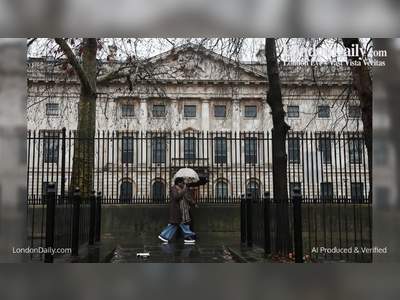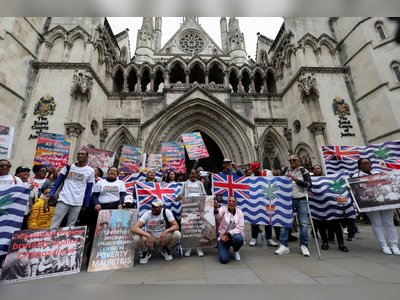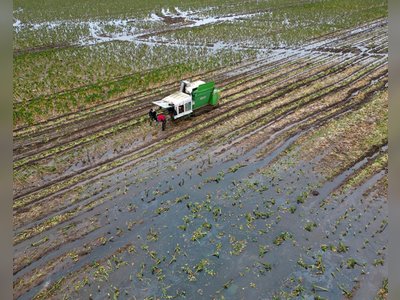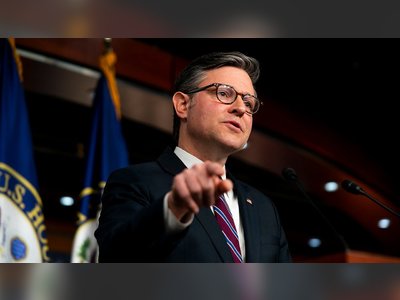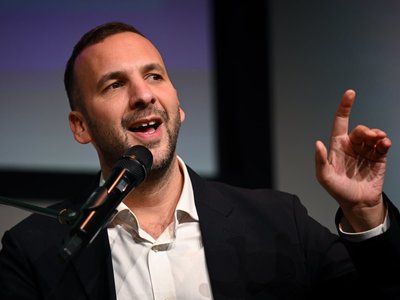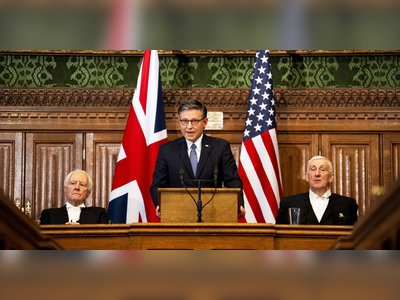
The return of community policing
A national shift back to true community policing would reshape how officers spend their time and resources, with a much greater priority on solving everyday problems in neighborhoods before they develop into the need to make arrests and issue tickets.
- While this policing strategy has been criticized as too "soft," proponents say the emphasis on de-escalation, daily engagement with residents and a greater sense of empathy and tolerance is exactly what's needed to defuse the national outrage over police brutality against African Americans.
"When people have an understanding of what community policing really is, the practicality of community policing, they are much more receptive. People want to see their neighborhood police officer because they know that person is the one who's going to respond. So when something does happen, it's a more positive interaction regardless of the situation, because of that relationship."- Dallas City Councilman Casey Thomas
Community policing was popular in the 1990s, but was de-prioritized after 9/11. Responding to possible terrorism threats became a larger focus, officers took on more homeland security-related duties, and a more militaristic culture took hold in police forces.
- Since then, law enforcement experts say community policing has taken a back seat to more tactical police strategies.
- Now, people are seeing the value of it again as Americans look for ways to rebuild trust between police departments and the people they're supposed to serve.
How it works:
The Justice Department’s Community Oriented Police Services (COPS) program, created during the Clinton administration, was a top-to-bottom overhaul that moved police departments away from the traditional paramilitary structure to more transparency and community involvement.
- The program leveraged substantial grants and
local commitments to add about 100,000 additional police officers to
departments around the country.
- In 1997, 85% of police departments
had implemented or were in the process of implementing community
policing, before 9/11 shifted the mission of police departments.
- Funds for community policing also withered during the economic downturn of the early 2000s.
The numbers:
The Justice Department has proposed merging the COPS program into the Office of Justice Programs starting in October.
- The move would retain the hiring program and promote "policing innovations."
- The merger would slash COPS proposed funding to $99 million, less than one-third of its current appropriation, at a time when communities are asking for more training in de-escalation and other techniques to prevent excessive use of force.
What's next
Now, the community policing model has been getting new attention and, for some, is an argument against reallocating police budgets.
- At a Senate Judiciary Committee hearing
this week, Durham, N.C., Police Chief Cerelyn "C.J." Davis said
community engagement "would be the first section to go" if budgets are
cut.
- "I don't think this country realizes how much work police do and have taken on in the social services realm," said Davis, who is president of the National Organization of Black Law Enforcement Executives.
Effective community policing requires dedicated funding and detailed strategies to be effective, said David Thomas, former police officer and professor of forensics at Florida Gulf Coast University.
- As a police officer in
Gainesville, Fla., in 1995 — the height of community policing — Thomas
was part of a three-person team assigned to a high-crime area of town.
He spent his time walking neighborhoods by foot, talking to local
business owners, and sitting on porches with residents to find out what was happening on their block.
- When
it was clear that rampant crack cocaine trade was the most pressing
problem, they turned their attention to taking dealers off the streets,
making 300 arrests for dealing in an eight-month period.
- The drug forfeiture money was used to create a basketball program for the neighborhood kids.
The other side
Community policing isn’t cheap and doesn’t lead to instant, quantifiable results. Building relationships, networking and information-sharing with residents don't always align with the modern data-driven methods that put a priority on increased arrest and warrant numbers.
- Some police unions have pushed back
against the mandate, arguing playing football with kids and taking
complaints from residents isn't the best use of uniformed officers'
time.
The bottom line
Improving relationships between the police and the public requires a broader change in police culture, a significant undertaking that won't happen overnight, said Greg Evans, a member of Eugene, Oregon's city council who also provides civil rights and anti-discrimination training for the Lane County Sheriff's Reserve Academy.
- "Our police are trained on tactics, not on community service and engagement, and the curriculum is outdated," Evans said. "We really need structural reform in the department if we're ever going to make any substantive progress toward community policing and de-escalating reactions."

